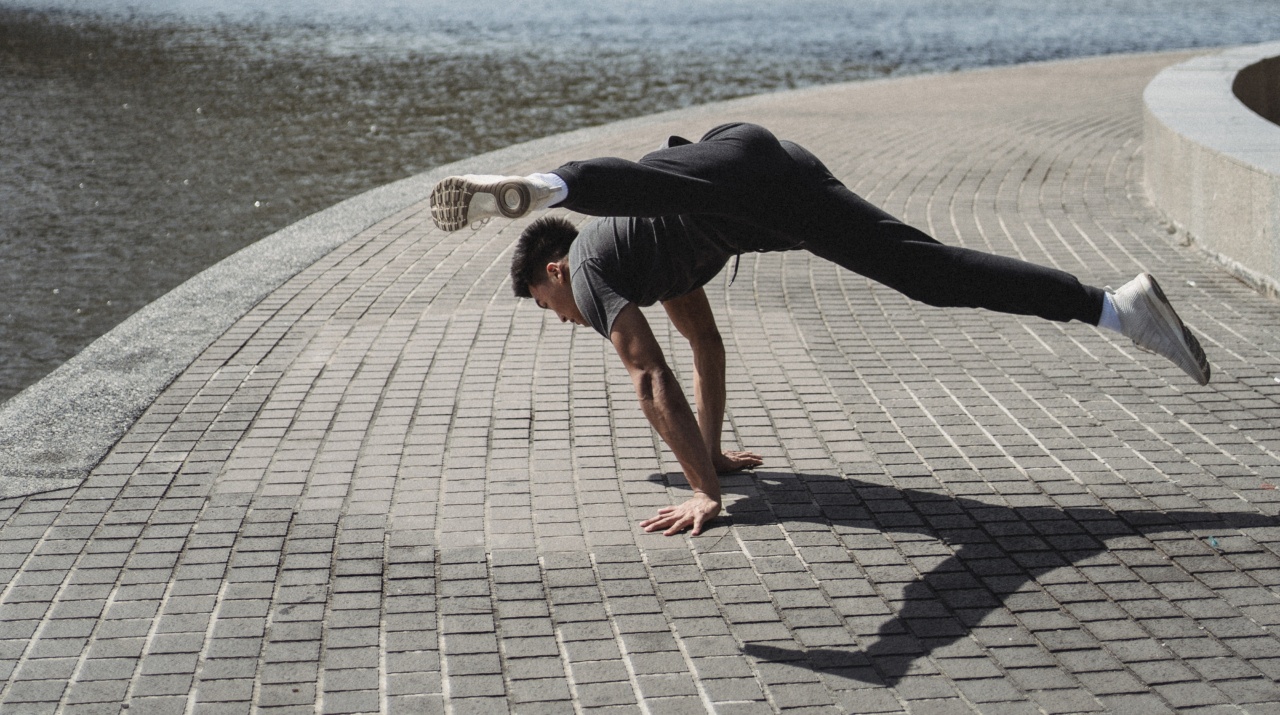Muscle cramps are sudden, involuntary contractions or spasms in one or more muscles. They can be extremely painful and can occur in various parts of the body, such as the legs, feet, hands, and even abdomen.
Muscle cramps can disrupt daily activities and even interfere with sleep. However, there are several tips and tricks you can follow to help prevent and manage muscle cramps effectively.
1. Stay Hydrated
Dehydration is one of the leading causes of muscle cramps. It is important to drink enough fluids throughout the day, especially during physical activity or in hot weather.
Aim to drink at least eight glasses of water per day, and consider carrying a water bottle to stay hydrated on the go.
2. Stretch before and after Exercise
Performing stretching exercises before and after physical activity can help prevent muscle cramps. Focus on stretching the muscles that are prone to cramping, such as the calf muscles, hamstrings, and quadriceps.
Hold each stretch for 30 seconds without bouncing.
3. Include Electrolytes in Your Diet
Electrolytes are essential minerals, including potassium, calcium, and magnesium, that help maintain proper muscle function. Including foods rich in electrolytes in your diet can help prevent muscle cramps.
Examples of electrolyte-rich foods include bananas, oranges, leafy green vegetables, nuts, and seeds.
4. Warm-Up Properly
Before engaging in any physical activity, it’s crucial to warm up properly. This helps increase blood flow to the muscles, preparing them for exertion and reducing the risk of muscle cramps.
Start with light aerobic exercises, such as brisk walking or cycling, and gradually increase the intensity.
5. Avoid Overexertion
Overexerting your muscles can lead to fatigue and increase the likelihood of muscle cramps. Pace yourself during physical activity, especially if you are not used to exercising regularly. Remember to listen to your body and take breaks when needed.
6. Maintain a Balanced Diet
Eating a well-balanced diet that includes a variety of fruits, vegetables, whole grains, and lean proteins can help prevent muscle cramps. Nutrient deficiencies, such as low levels of potassium, calcium, or magnesium, can contribute to cramping.
Consult with a healthcare professional or a registered dietitian to ensure you’re meeting your nutritional needs.
7. Wear Appropriate Footwear
Wearing supportive and properly fitting footwear can reduce the risk of muscle cramps, especially in the feet and calves. Choose shoes with good arch support and cushioning to provide stability and reduce strain on the muscles during physical activity.
8. Massage and Apply Heat
If you experience muscle cramps, gentle massage and applying heat can provide relief. Massage the affected muscle in a circular motion to help relax the muscle fibers.
Applying a heat pack or taking a warm bath can also help soothe the muscle and alleviate cramping.
9. Stay Active Regularly
Regular physical activity helps improve muscle strength and flexibility, reducing the likelihood of muscle cramps. Aim for at least 150 minutes of moderate-intensity exercise or 75 minutes of vigorous exercise per week.
Incorporate activities like walking, swimming, or cycling into your routine.
10. Manage Stress Levels
Stress can contribute to muscle tension and increase the risk of cramping. Practice stress management techniques, such as deep breathing exercises, meditation, or yoga, to help relax your muscles and reduce the likelihood of cramps.
Conclusion
Muscle cramps can be bothersome and painful, but by following these tips and tricks, you can effectively prevent and manage them.
Remember to stay hydrated, stretch regularly, include electrolyte-rich foods in your diet, warm up properly, avoid overexertion, maintain a balanced diet, wear appropriate footwear, utilize massage and heat, stay active, and manage stress levels. By incorporating these strategies into your lifestyle, you can reduce the frequency and intensity of muscle cramps, allowing you to enjoy daily activities without discomfort.































